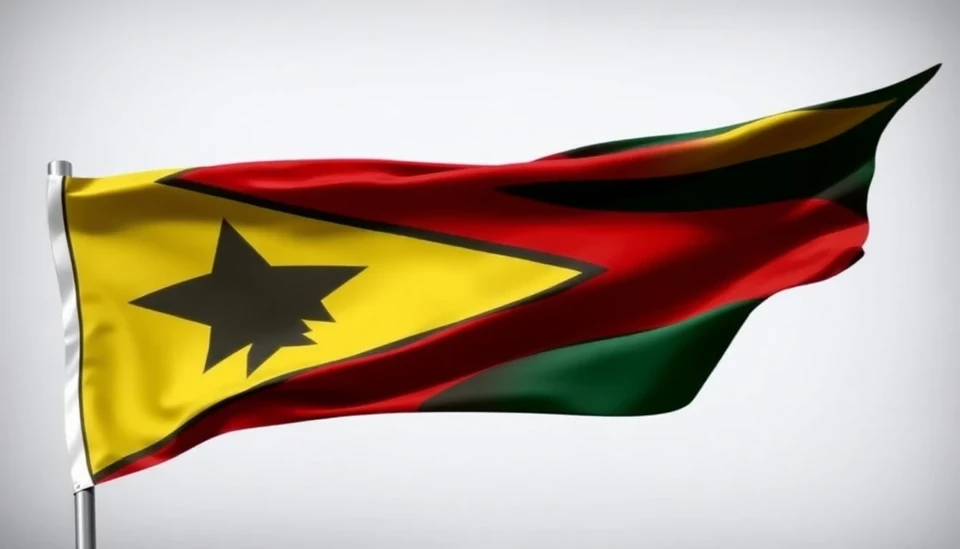
In recent weeks, Zimbabwe’s innovative gold-backed currency, known as the Zimbabwe Gold (ZIG), has faced significant challenges as it fails to capitalize on the ongoing rally in gold prices. Despite its inception aimed at stabilizing the nation’s crippling economy, ZIG has seen a lack of traction in the financial market, notably overshadowed by gold’s impressive gains.
Gold has traditionally served as a safe haven for investors, particularly during periods of economic uncertainty. As inflation rates soar globally and market volatility persists, investors have increasingly flocked to gold, leading to a sharp rise in its pricing. Yet, the ZIG, launched only a year ago as a mechanism to counter hyperinflation and stabilize the local economy, has struggled to attract significant adoption among Zimbabweans.
The ZIG is underpinned by physical gold reserves, giving it a unique standing compared to conventional fiat currencies. Each ZIG is meant to represent a specific amount of gold, but despite this arrangement, public confidence in the currency remains shaky. Market analysts suggest that factors such as Zimbabwe’s historical economic turmoil and persistent policy inconsistencies are undertaking a heavy toll on the ZIG’s acceptance.
Several local businesses and individuals have expressed skepticism about utilizing the ZIG, as many prefer to rely on the US dollar, which is perceived as a more stable store of value. This ongoing reliance on the US dollar hampers the ZIG's market penetration, thereby limiting its potential effectiveness as a currency meant to alleviate the economic hardships faced by Zimbabweans.
Further complicating matters is the logistical challenge associated with converting gold into cash to facilitate daily transactions—something that many Zimbabweans find cumbersome. As gold prices continue to surge, the potential benefits of owning ZIG seem diminished, given that the currency does not reflect real-time gold pricing effectively. This disconnection has left many wondering if Zimbabwe's government will take corrective measures to ensure that the ZIG aligns more closely with the fluctuating gold market.
In the context of this unfolding situation, experts are calling for transparency and a clearer communication strategy from the government. They assert that addressing public trust issues is crucial. Without confidence from the populace, the hopes pinned on the ZIG to rescue Zimbabwe's economy will remain unrealized. The challenge ahead lies in demonstrating the utility and reliability of the ZIG—and whether it can shift perceptions enough to encourage widespread adoption.
As gold prices continue to ascend, the question remains: Can Zimbabwe's gold-backed currency find its footing amid the glittering surge of gold, or will it continue to languish in the shadows, unable to fulfill its ambitious promise?
Only time will reveal if the ZIG can transform into a viable alternative to not just the US dollar, but also to the precious metal it is meant to represent.
#Zimbabwe #GoldBackedCurrency #ZIG #GoldPrices #EconomicStability #Hyperinflation #Finance #Investment #CurrencyTrends
Author: Laura Mitchell




